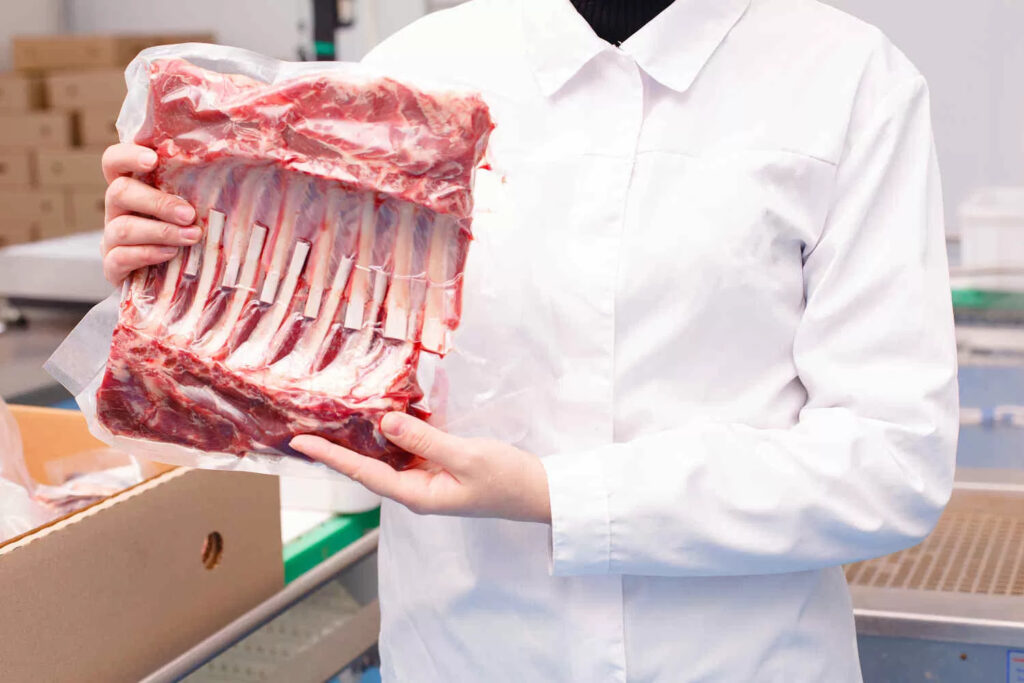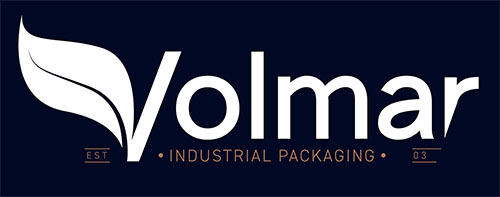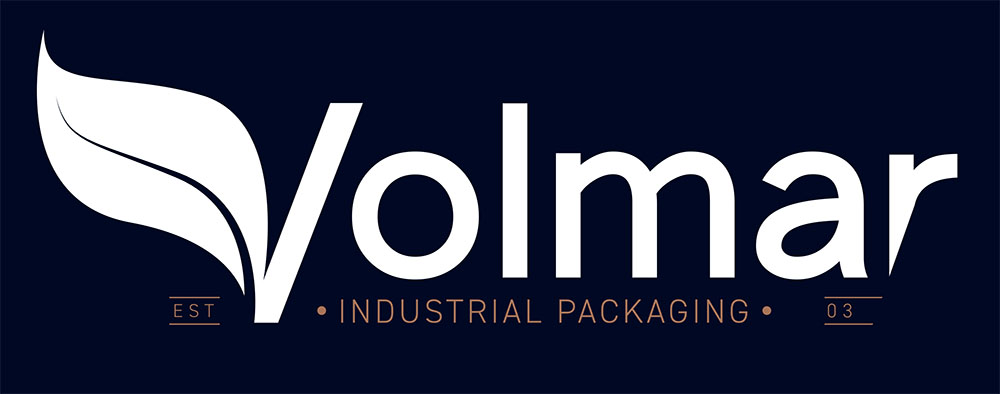
High-quality meat packaging ensures the optimal storage of food products, preserving the flavor and freshness and preventing contamination. Find out about the most widespread meat packaging methods and the advantages they offer.
Meat and meat-based product packaging
Various processes can be used to package meat, each of which offers specific preservation performance. One of the most common is vacuum-sealed packaging, a technology that removes air from inside the packaging and hermetically seals it.
This method is suitable for raw or cooked meat, like dried meat packaging, to preserve the products for a long time and keep their smell, look and nutritional properties intact. With the air removed, the meat packaging slows down the deterioration of the product and the related decline in the quality of the food.
Another solution is MAP or modified atmosphere packaging for meat. This process involves replacing the air inside the packaging with a specific mixture of gases, which is inserted into the tray or bag used to store the food product.
MAP meat packaging prolongs the shelf life of the product, preventing alterations to the color and the risk of crushing during transport. Another alternative is the skin pack, which uses a technique similar to vacuum-sealing in which the film clings perfectly to the product, creating a second-skin effect to reduce the volume and ensure optimal preservation.
Trayless meat packaging
An innovative meat packaging method is the flow pack, which does not require the use of classic trays. It is a simpler and more versatile type of packaging, which uses less plastic and takes up less space when the product is packaged.
A flow pack is compatible with cold welding to stop heat from damaging the product. They can also be used for packaging customized film rolls to enhance your company’s branding or create easy-to-open packaging for consumers with a pillow structure.
Meat packaged in a tray: how long does it last?
The shelf life of meat packaged in a tray depends on the type of packaging used. Perfectly sealed trays prepared in a protected atmosphere can last up to 7 to 10 days from the packaging date, which can vary substantially depending on the product and the cut of meat.
Which packaging to choose for meat
To choose the best type of packaging for meat, you need to bear in mind various factors, from the type of product to the desired shelf life. You should also assess the value for money of the various options, selecting safe, functional and efficient packaging.
As a company offering sustainable meat packaging, at Volmar we have a full range of eco-friendly solutions, from thermoformable paper to PLA. We also provide dedicated support to offer customized packaging solutions for meat and products containing meat.

